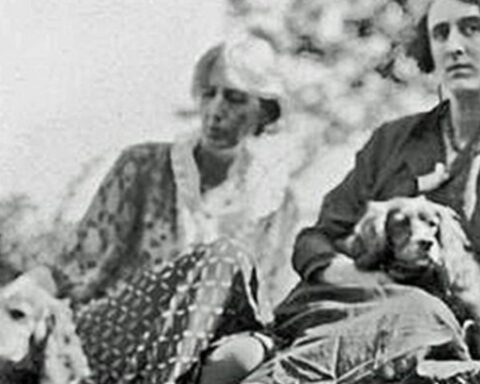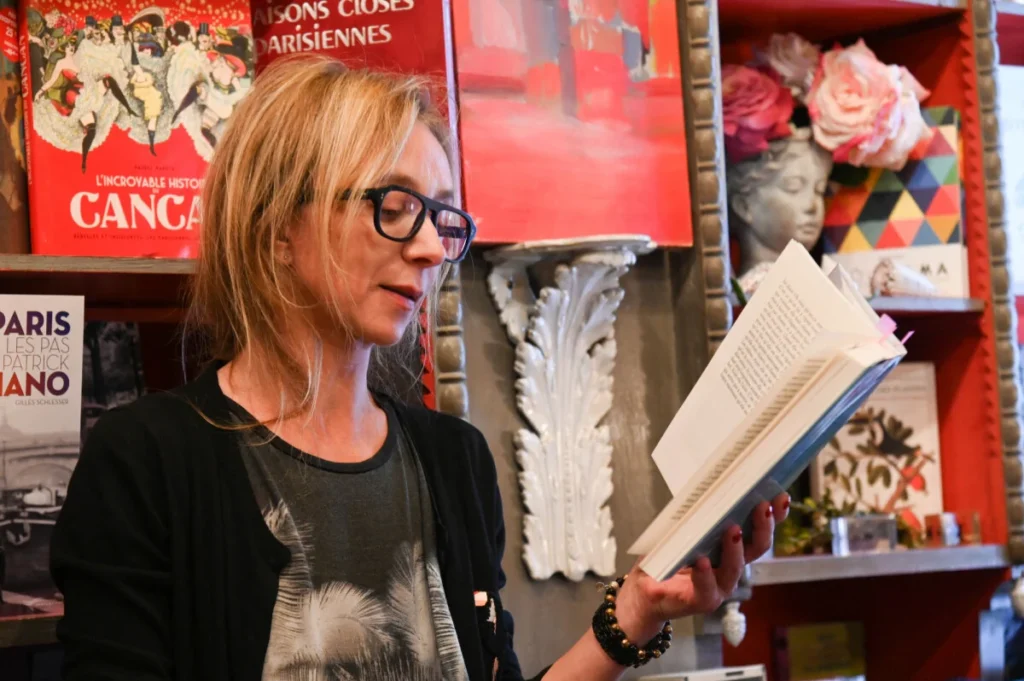‘Chelsea Girls,’ authored by the distinguished poet and writer Eileen Myles, was first published in 1994. This semi-autobiographical novel captures vivid snapshots of Myles’ life experiences, delving into themes of identity, sexuality, and cultural revolution. Emerging during a period marked by significant socio-political changes, ‘Chelsea Girls’ resonated deeply with readers who yearned for authentic, raw narratives.
Myles, a prolific writer whose career spans poetry, essays, and fiction, is known for her unfiltered voice and ability to intertwine personal history with broader societal discourse. ‘Chelsea Girls’ stands out as a seminal piece in Myles’ oeuvre, weaving together short stories that paint a multi-faceted portrait of their formative years. The book is particularly notable for its candid depiction of the punk movement, feminist ideologies, and LGBTQ+ dynamics that shaped the latter half of the 20th century.
The cultural and literary significance of ‘Chelsea Girls’ is profound. It broke conventional storytelling modes, offering fragmented narratives and a stream-of-consciousness style that provided a fresh perspective on autobiographical fiction. Critics lauded Myles for this innovative approach, highlighting how her non-linear structure and poetic prose mirrored the chaos and beauty of real life. Readers found solace in the book’s unapologetic honesty and raw emotion, which set it apart from other contemporary works.
Within the canon of 1990s literature, ‘Chelsea Girls’ occupies a unique space, heralded for its contribution to queer literature and its unapologetic exploration of identity. The book’s reception among readers and critics has only grown more appreciative over the years, cementing its status as a landmark text within both Myles’ career and the broader literary landscape.

Motifs in ‘Chelsea Girls’
‘Chelsea Girls’ by Eileen Myles delves deeply into themes of identity, sexuality, and the art scene in 1970s and 1980s New York City. A semi-autobiographical work, the book offers a raw and introspective glimpse into the author’s experiences, allowing readers to engage intimately with a pivotal era in Myles’ life. Through a series of vignettes, Myles paints a vivid picture of a time and place marked by both artistic fervor and social upheaval. The narrative seamlessly interweaves moments of personal revelation with broader societal commentaries, making it a richly textured literary piece.
Identity stands as a central theme in ‘Chelsea Girls’, with Myles exploring the multifaceted nature of self-discovery and self-expression. The book’s protagonist wrestles with understanding who they are in a world that is often disinterested in their inner life. This quest for self-knowledge is depicted through reflective prose that captures the turbulence and elation of coming into one’s own. Gender and sexuality are intricately examined, reflecting not only the protagonist’s personal journey but also the larger dialogues happening in society about these crucial aspects of human existence.
The motif of the art scene is also crucial to ‘Chelsea Girls’. New York City’s vibrant yet gritty art subculture of the 1970s and 1980s serves as both backdrop and catalyst for much of the action in the book. Myles immerses readers in a world where creative expression is both a lifeline and a battleground. The characters navigate a labyrinth of artistic ambition, personal relationships, and societal expectations, with the author skillfully depicting the highs and lows of life on the fringe. Through evocative and poetic prose, Myles sketches out the soul of a city that is as much a character as any of the individuals within it.
Ultimately, ‘Chelsea Girls’ stands out not just for its thematic depth, but also for its innovative narrative style. Myles’ choice to use a fragmented structure mirrors the complexity of the experiences discussed, making the storytelling both compelling and authentic. The book transcends mere autobiography to become a universal narrative about the search for meaning and connection in an ever-changing world.
Character Exploration and Development
‘Chelsea Girls’ by Eileen Myles offers a vivid portrayal of its characters, resonating deeply with readers through the nuances of their development. The protagonist, Eileen Mick, stands as a semi-autobiographical representation of Myles herself, chronicling the relentless pursuit of artistic expression against the backdrop of 1970s and 1980s New York City. Eileen’s journey is essentially a coming-of-age narrative, marked by introspection, rebellion, and an insatiable quest for authenticity.
One of the pivotal aspects of the book is the depiction of Eileen’s relationships, particularly the volatile yet formative connections with fellow artists, lovers, and mentors. These characters, often inspired by real-life personalities, shape Eileen’s worldview and artistic ethos. For instance, the dynamics of Eileen’s lesbian relationships are deeply explored, shedding light on her struggle for acceptance and understanding within both her personal circles and the larger societal context. These relationships infuse the narrative with raw emotional depth, reflecting Myles’ own experiences and the era’s socio-cultural milieu.
An integral part of ‘Chelsea Girls’ is the portrayal of the bohemian lifestyle of its characters, encapsulating the gritty yet vibrant essence of the New York City art scene. Characters like Eileen’s eclectic roommates, fellow poets, and avant-garde artists contribute to a rich tapestry of interactions that drive the story forward. Each character, with their unique complexities and idiosyncrasies, symbolizes different facets of the creative and often tumultuous life Myles herself navigated.
Moreover, the book delves into personal growth, as Eileen grapples with her identity, ambitions, and shortcomings. The constant interplay between her internal conflicts and external challenges underscores a profound narrative about resilience and self-discovery. The evolution of Eileen’s character is reflective of Myles’ own literary journey, offering an unfiltered look into the making of a poet and the perpetual turbulence of life as an artist.
Through intricate character development, ‘Chelsea Girls’ not only tells Eileen’s story but also paints a broader picture of the artistic community’s spirit during a transformative period in New York City, ultimately enriching the reader’s understanding of the intertwining of life, art, and literature.

‘Chelsea Girls’ Never Sleep
‘Chelsea Girls,’ written by Eileen Myles, has left an indelible mark on both modern literature and LGBTQ+ representation in media. Published in 1994, the book offers a raw and unabashed exploration of Myles’s life, capturing the bohemian lifestyle of New York City’s East Village during the 1970s and 1980s. Its unfiltered narrative challenges conventional storytelling, blending poetry, prose, and memoir into an evocative tapestry that has inspired readers and writers alike.
The impact of ‘Chelsea Girls’ on contemporary literature is profound. Myles’s approach broke away from normative literary forms, advocating for a fluid, genre-defying style that has since influenced a generation of writers. The book has been lauded for its candid portrayal of gender and sexuality, contributing to ongoing dialogues about identity and self-expression. It offers nuanced insights into the LGBTQ+ experience, amplifying voices that had long been marginalized in mainstream literary circles.
Critical reception of ‘Chelsea Girls’ has been overwhelmingly positive, with accolades for its innovative structure and authentic voice. The book has been praised for its ability to convey the complexities of artistic expression and personal identity, making it a seminal text in queer literature. It has sparked discussions not only within the literary community but also in academic settings, where it is frequently included in curricula exploring gender studies and contemporary fiction.
The legacy of ‘Chelsea Girls’ remains pertinent in today’s cultural landscape. Its themes resonate with current discussions on gender fluidity, sexual orientation, and artistic freedom. By navigating a world that constantly challenges preconceived notions, Myles’s work continues to be relevant, reminding us of the power of literature to provoke change and foster understanding. The book’s enduring influence is a testament to its role in shaping both literature and societal conversations about identity and representation.









